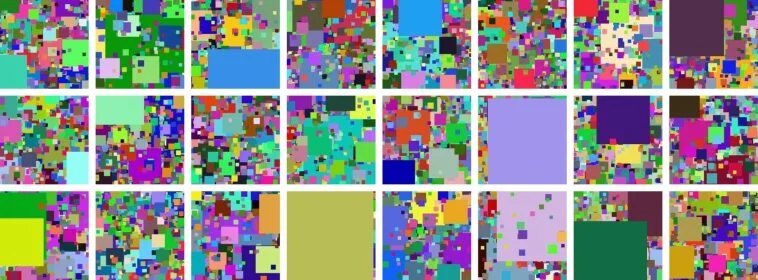Training computer vision models lies at the heart of developing powerful and accurate visual recognition systems. These models are trained to identify and interpret visual data, mimicking the human ability to perceive and understand images and videos. But how exactly are these models trained, and why is the training process crucial for their performance?
The training process begins with a large labeled dataset that serves as the foundation for teaching the model to recognize and differentiate between various visual patterns and objects. This dataset contains a vast collection of images or videos, each annotated with the correct labels or annotations that represent the objects or attributes of interest. The quality and diversity of the training dataset are essential factors in determining the model's ability to generalize and perform well on unseen data.
During training, the model goes through multiple iterations to learn the intricate relationships between the input data and their corresponding labels. This is achieved through a technique called supervised learning, where the model gradually adjusts its internal parameters to minimize the discrepancy between its predictions and the ground truth labels provided in the training data.
To optimize the model's performance, various techniques and architectures are employed. Convolutional neural networks (CNNs) have emerged as a dominant approach in computer vision due to their ability to learn hierarchical representations of visual features. These networks consist of multiple layers, each responsible for extracting and refining different levels of visual information.
The training process typically involves an optimization algorithm, such as stochastic gradient descent (SGD), that fine-tunes the model's parameters by iteratively updating them based on the computed loss between the predicted outputs and the true labels. This iterative process continues until the model reaches a satisfactory level of performance, as determined by evaluation metrics and validation datasets.
The availability of vast computing resources, such as powerful GPUs and cloud computing platforms, has greatly accelerated the training process, enabling researchers and practitioners to tackle more complex visual recognition tasks. Additionally, pretraining techniques, such as transfer learning, have been introduced, allowing models to leverage knowledge from prelearned features and adapt them to new tasks with limited labeled data.
Hours
Monday - Saturday: 08:00 AM - 9:00 PM
Location
15 Av. Guy Môquet, 94340 Joinville-le-Pont,
France
Production units
Ankerana
Antananarivo,Madagascar
 APPOINTMENT
APPOINTMENT
